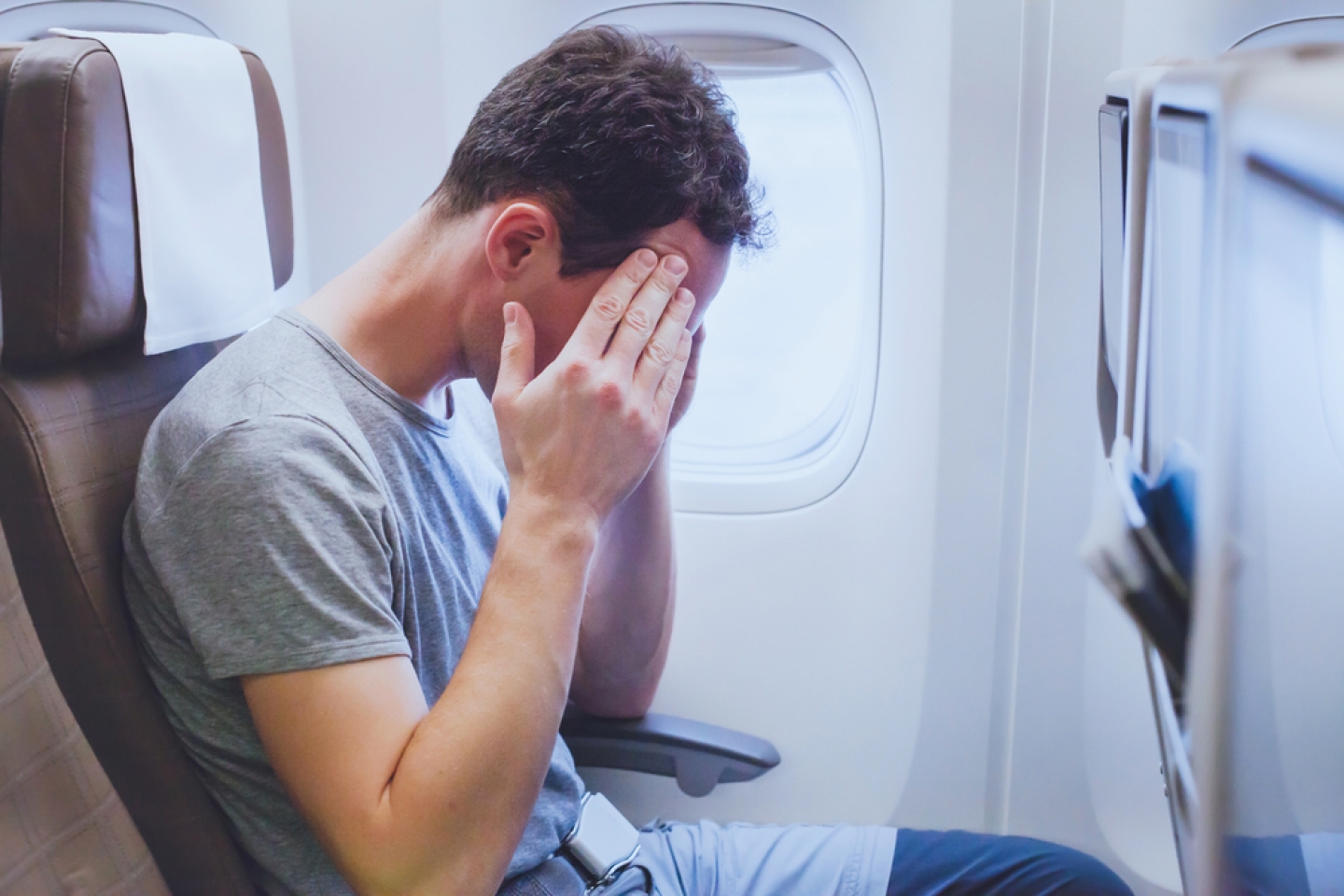
When you travel by plane from one time zone to another, you may suffer from jet lag.
Jet lag—a term coined back in the 1960s—is caused by the gap between your normal circadian rhythms and the time zone at your destination. Your body may be active when you’re supposed to be resting, and your mealtimes are off kilter. Your eyes take in light differently as well.
In a way, jet lag isn’t a terrible problem to have. After all, you’re traveling, either for business or pleasure, and your body will adjust in time.
Let’s answer that question with an example. If you travel from San Francisco to New York City, you’ll lose 3 hours. It will typically take you 3 days to adapt to Eastern Time.
The greater the time difference between your point of departure and your destination, the longer your symptoms will last, says Dr. Daniel Barone, Associate Medical Director of the Center for Sleep Medicine and Associate Professor of Clinical Neurology at Weill Cornell Medicine.
“Jet lag can be more difficult to deal with when you travel east,” he says. “On your return trip to California, you’ll gain back those 3 hours, and that adjustment is easier on the body. Making yourself stay awake at night is easier than getting up several hours earlier in the morning.”
Basically, one hour lost when you travel east equals one day’s jet lag. But when you travel west, it will take less time to recover from jet lag symptoms.
Several days before your departure date, try going to bed earlier than you’re used to, Dr. Barone suggests, and use melatonin on those nights to help you sleep. Also, “use the sunlight to wake up earlier. Morning exposure to the sun will help you adjust to an earlier rising time in your new time zone. If you’re traveling east—if you’re effectively losing several hours—these guidelines will help you get used to the time zone at your destination.
And if you’re traveling west, put the foregoing suggestions into reverse: stay up and wake up later, in line with the time zone at your destination.
In either direction, eating smaller meals in the run up to your departure date may help you avoid stomach problems after arrival.
Try to adapt as quickly as possible. Take a 20-minute nap, if needed, to ease your tiredness and other jet lag symptoms. As a rule of thumb, follow the sleep and waking patterns at your destination right away.
The Centers for Disease Control and Prevention (CDC) recommends staying in well-lit areas during the day and taking melatonin or other medication as directed by your health-care provider to help you sleep at night.
If you’re flying to New York City from California for a 1-to-3-day business trip, stick with your normal sleep and wake times. That way, you’ll avoid jet lag when you travel east as well as west.
The CDC offers the following tips to take the bite out of jet lag:
A combination of these steps will help you overcome jet lag more quickly, Dr. Barone says.
Safe travels!
Make an appointment with a specialist by visiting the Center for Sleep Medicine’s website.